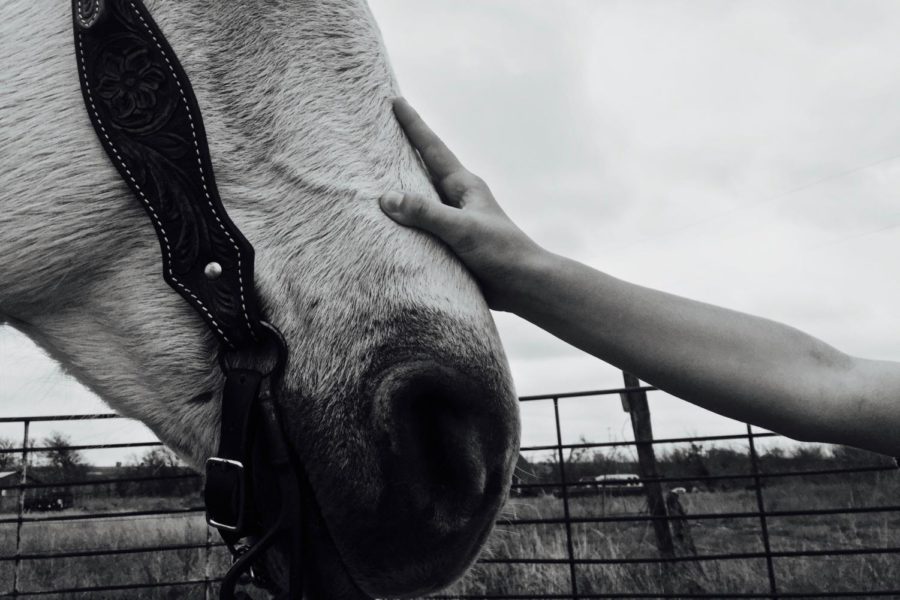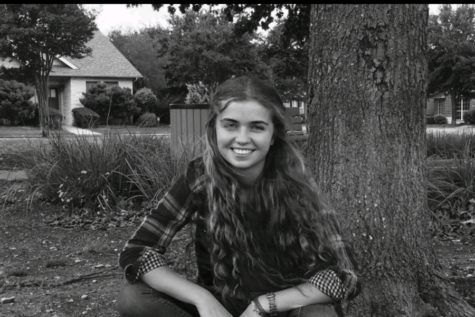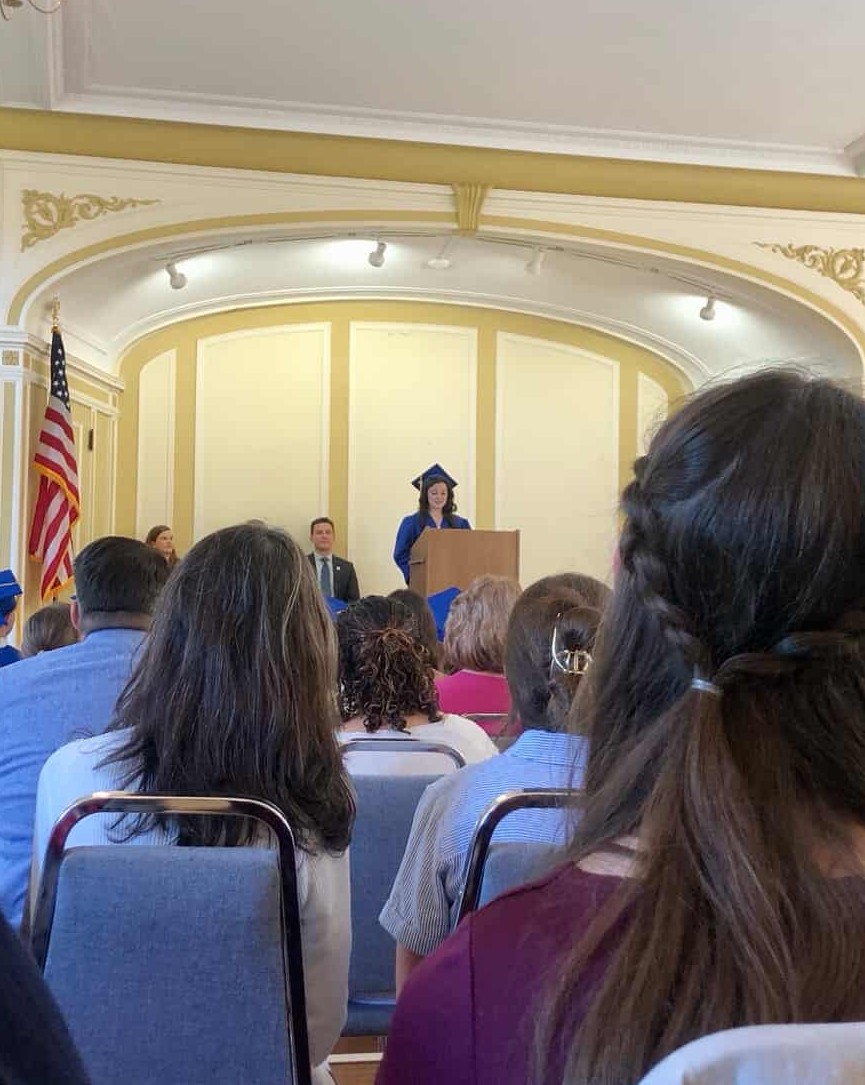Therapeutic Horsemanship
April 25, 2018
Therapeutic horseback riding is a relatively new form of physical and mental therapy that, in the past couple years, has been a booming industry.
Therapeutic horsemanship began in the 1960s, but the current methods for equine-assisted therapy were not developed until the 1990s. Since the 1990s, hundreds of therapeutic horsemanship barns have opened across the country, and special-needs children and adults are finding healing, joy, and hope through horses.
There are two main types of therapeutic horsemanship. The first is called therapeutic riding, and consists of the individual learning about horses, riding a horse, and caring for a horse, all through typical riding lessons. Most adult riders and riders with only mental disabilities use therapeutic riding.
The second form of therapeutic horsemanship is called hippotherapy. Hippotherapy is equine therapy that is combined with another type of therapy, typically speech or physical therapy. The rider uses a bareback pad while on the horse, which allows for more movement than a normal saddle. The rider takes many different positions, sometimes riding backwards or sideways, all while participating in the additional form of therapy.
Horses provide therapy for a variety of disabilities, some mental and some physical. The movement of a horse gently works almost all of its rider’s muscles, which leads to a vast improvement in the flexibility and strength of riders with a physical disability. These people are typically unable to exercise due to their ailment; however, 30 minutes of horseback riding is considered a moderate-intensity workout, which gently builds the strength and endurance of special-needs riders.
While the physical therapy that horses provide is wonderful, it is the mental therapy that is truly astounding. Some of the most beautiful stories come from veterans who suffer from post-traumatic stress disorder, or PTSD, after returning home from war. Many of them return, mere ghosts of the people they once were, but with the help of horses, they are able to come out of their shell and regain confidence in both themselves and the world around them.
I volunteer at a therapeutic horsemanship barn, and it is easy to see God through the incredible outcomes of therapeutic horsemanship. The difference the horses make in these people’s lives is amazing and beautiful; they show us that sometimes, to make a difference in someone’s life, we don’t have to speak, we just have to be there.






